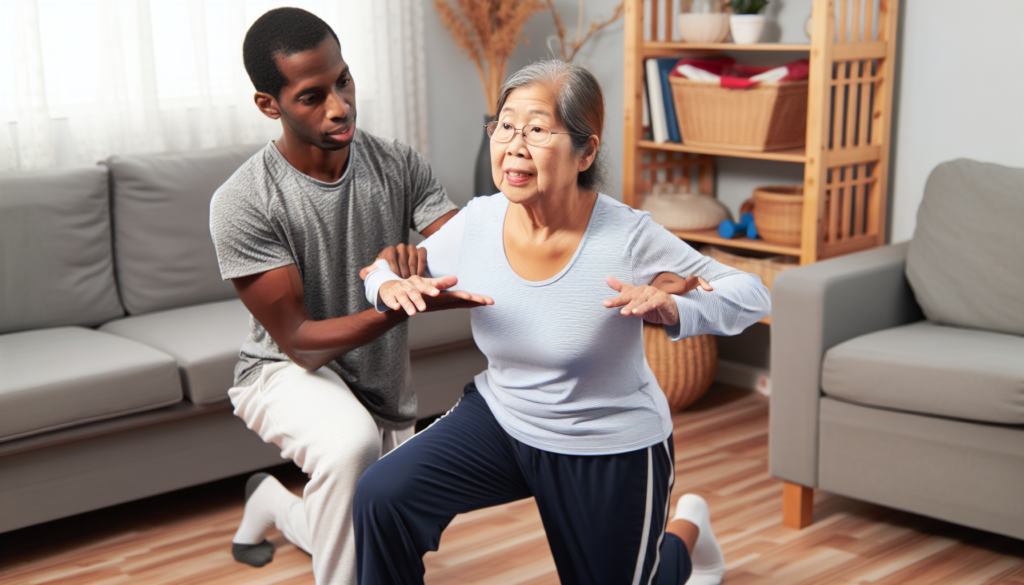Exploring the Benefits of Physical Therapy in Home Healthcare
Living a healthy life involves more than just preventive care and managing chronic diseases. It’s about improving and maintaining body mobility, strength, and functionality. This is where physical therapy comes in, and when administered within the comfort of a patient’s home, it betters the overall home health care experience.
In this article, we’ll delve into understanding physical therapy, its role in home health care, its benefits, and how it helps in promoting physical and mental well-being.
What is Physical Therapy?
Physical therapy is a form of healthcare that aims at alleviating pain and help individuals function, move, and live better. This is achieved through specific exercises, hands-on care, and patient education. Physical therapists guide the rehabilitation process, helping patients regain or improve their physical abilities.
Role of Physical Therapy in Home Health Care
In a home health care setting, physical therapy plays a crucial role. The therapists work alongside the medical team to create an individualized plan for the patient which is tailored to their needs and adds value to the overall home health care plan.
Benefits of Physical Therapy in Home Health Care
1. Improved Mobility and Movement
Limited mobility can hinder a person’s ability to carry out routine tasks. Through physical therapy, individuals can regain or improve their mobility. Physical therapists introduce exercises that are designed to restore movement.
2. Pain Management
With various pain management techniques such as therapeutic exercises, manual therapy techniques, and treatments like ultrasound, electrical stimulation, patients can manage pain effectively at home. This can help reduce reliance on pain medications.
3. Recovery from or Prevention of Injury
Physical therapists can recognize the risk factors for injuries and design an appropriate management and prevention plan. In the same breath, they guide the patient in an effective recovery process after an injury.
4. Improved Balance and Prevention of Falls
The safety of the patient is paramount in home health care. Physical therapy aids in improving balance and coordination, hence preventing falls, a common concern among aging individuals.
Exploring and integrating physical therapy in home health care aids in improving the quality of life. It goes a step further in promoting a sense of independence among patients, providing them an opportunity to successfully age in place, maintaining health, and promoting a satisfying quality of life.
Conclusion
Physical therapy’s significant role in home health care underlines its necessity for homebound patients. By promoting mobility, managing pain, aiding recovery, and improving balance, it provides a holistic approach to home health care.
Remember, a healthy life isn’t just about managing diseases. It’s about maintaining the ability to perform everyday tasks, staying independent, and valuing the quality of life. In this mission, physical therapy stands as a valuable ally.



